
The rise of unmanned factories, as a crucial component of intelligent manufacturing, is gradually becoming a new trend in the development of industrial automation. In this context, reducers, as indispensable core components in industrial robots and automated equipment, play a vital role in the stable operation of unmanned factories.
The Emergence of Unmanned Factories
Unmanned factories, as the name suggests, refer to factories that minimize human intervention in the production process through highly automated equipment and systems. In such factories, robots and automated equipment undertake a large portion of production tasks, thereby achieving 24/7 uninterrupted production, increasing production efficiency, reducing labor costs, and minimizing human errors.
The Key Role of reducers
Among the various automated equipment in unmanned factories, reducers play a critical role. reducers reduce the input speed and increase the output torque, enabling robots and automated equipment to work at more precise and stable speeds. Especially in situations that require high precision positioning and repeatability, the performance of reducers directly affects production quality and efficiency.
Application Case Analysis
1. Precise Positioning on Assembly Lines
In the automotive manufacturing sector, robots in unmanned factories are required to assemble parts with precision. This demands that every movement of the robot is highly accurate to ensure the correct installation of parts. High-performance harmonic reducers and RV reducers play a key role here. They not only provide the necessary speed reduction and torque increase but also ensure the precision of the assembly process through their high-precision characteristics.
2. Efficient Operation of Material Handling Robots
In unmanned factories in the automotive industry, material handling robots need to quickly and accurately transport materials between warehouses and production lines. This requires the robots to have high flexibility and stability during movement. The role of reducers here is to provide smooth power output, ensuring the stability of the robot during high-speed movement and the precision when precisely placing items.
3. Automation Upgrade of Packaging Lines
In the food and pharmaceutical industries, automated packaging lines in unmanned factories need to package products quickly and accurately. The application of reducers here mainly controls the operating speed and force of packaging machinery, ensuring the precision and consistency of the packaging process. The use of high-performance reducers has significantly improved the level of automation and production efficiency of packaging lines.
Innovation in Speed Reducer Technology
As unmanned factories demand higher performance from automated equipment, speed reducer technology continues to innovate. For instance, the high-performance harmonic reducers showcased by Midea Industrial Technology at the 2024 ITES Shenzhen Industrial Exhibition feature industry-leading M-type tooth design, enhancing load capacity and lifespan, achieving more durable, reliable, smooth, and clean applications. These innovative technologies not only improve the performance of reducers but also provide strong support for the efficient operation of unmanned factories.
Conclusion
The development of unmanned factories is inseparable from the support of high-performance reducers. Through the case analysis above, we can see that the application of reducers in unmanned factories is multifaceted; they not only improve production efficiency but also ensure the stability and quality of the production process. With continuous technological advancements, reducers will continue to play an irreplaceable role in the field of intelligent manufacturing, pushing unmanned factories towards higher levels of automation and intelligence.
 English
English Deutsch
Deutsch Русский
Русский Español
Español
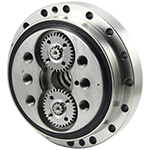
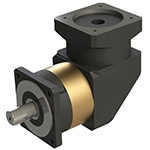
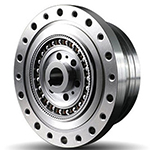
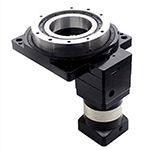
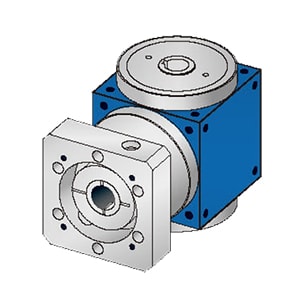
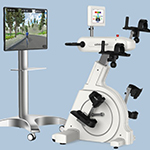
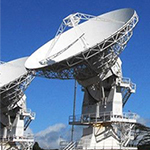
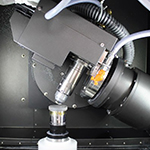
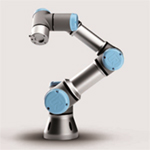
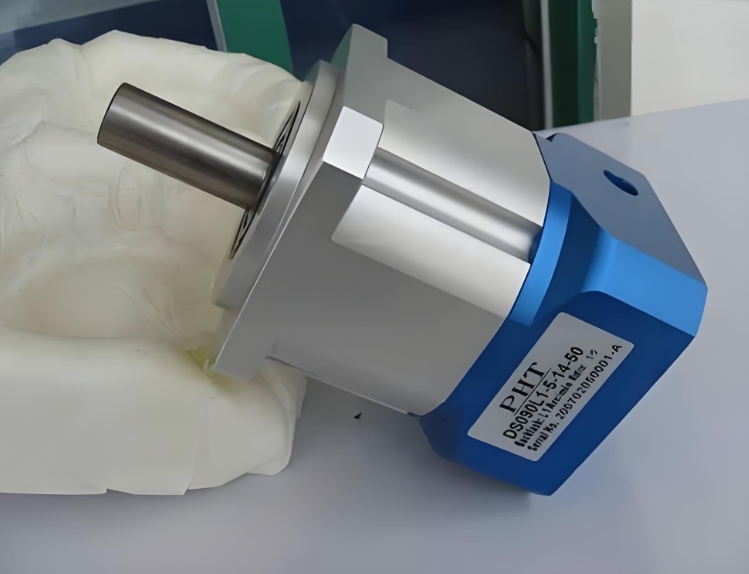
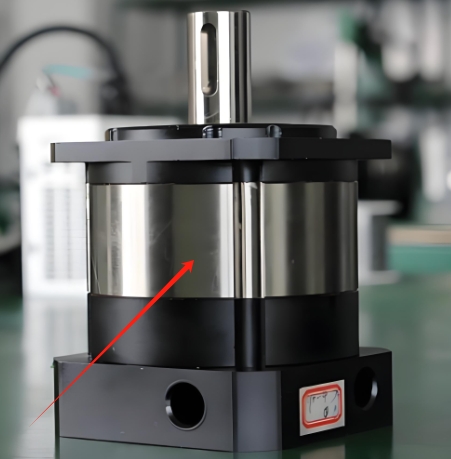
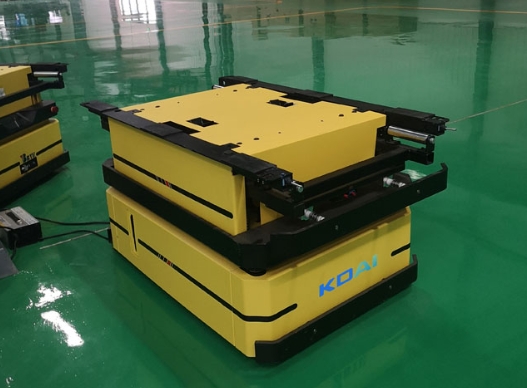
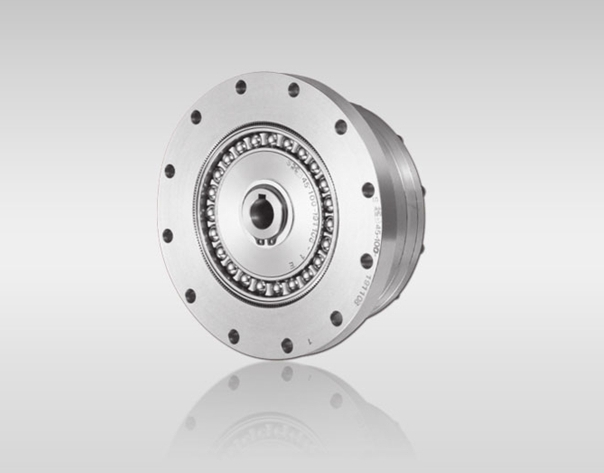
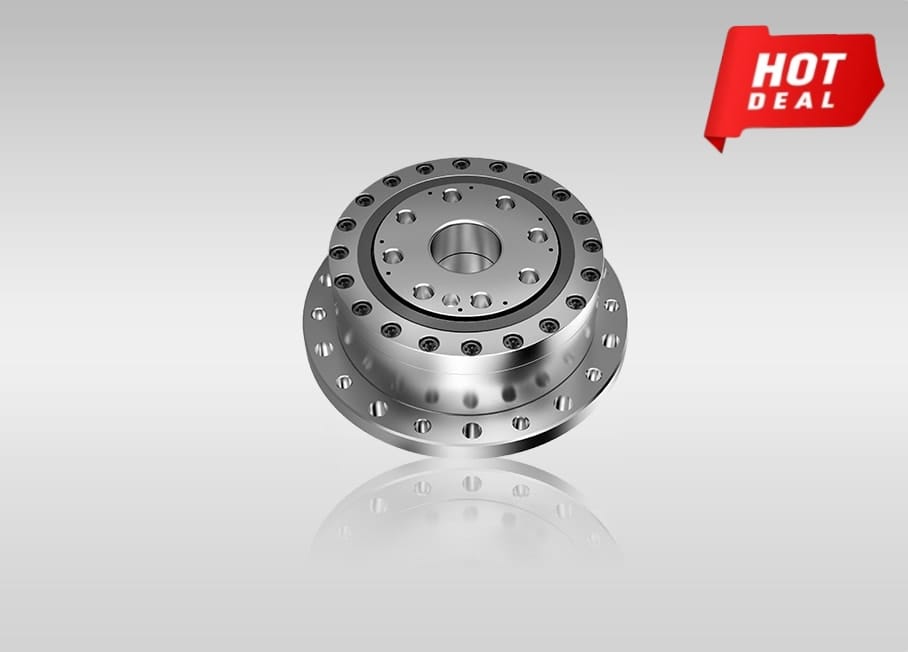
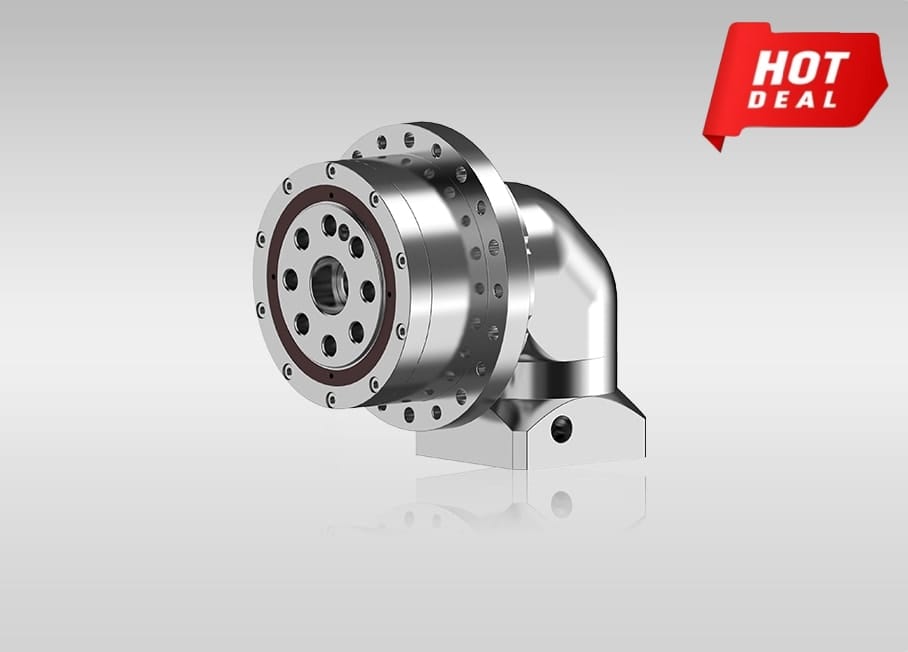
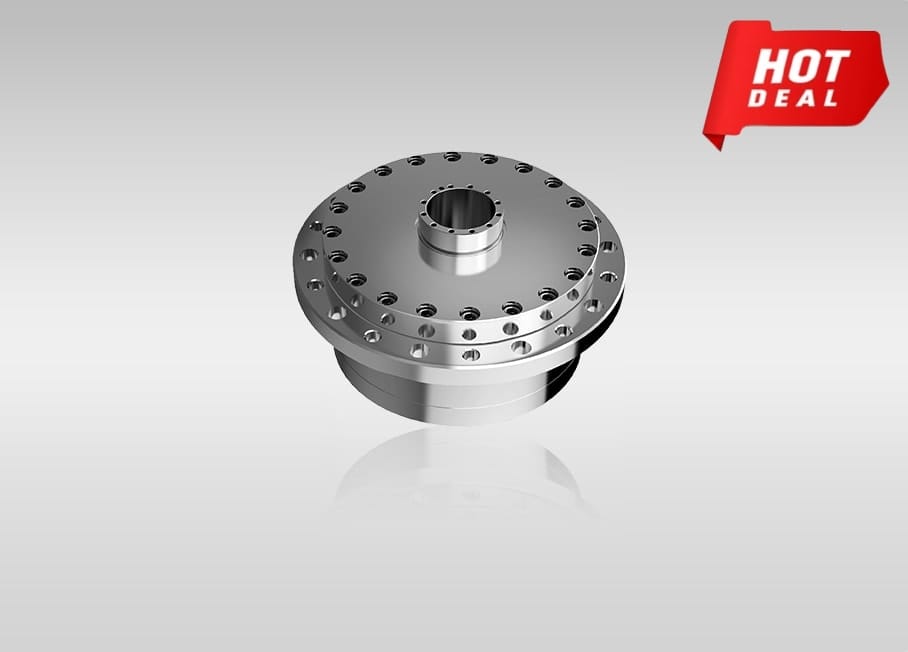
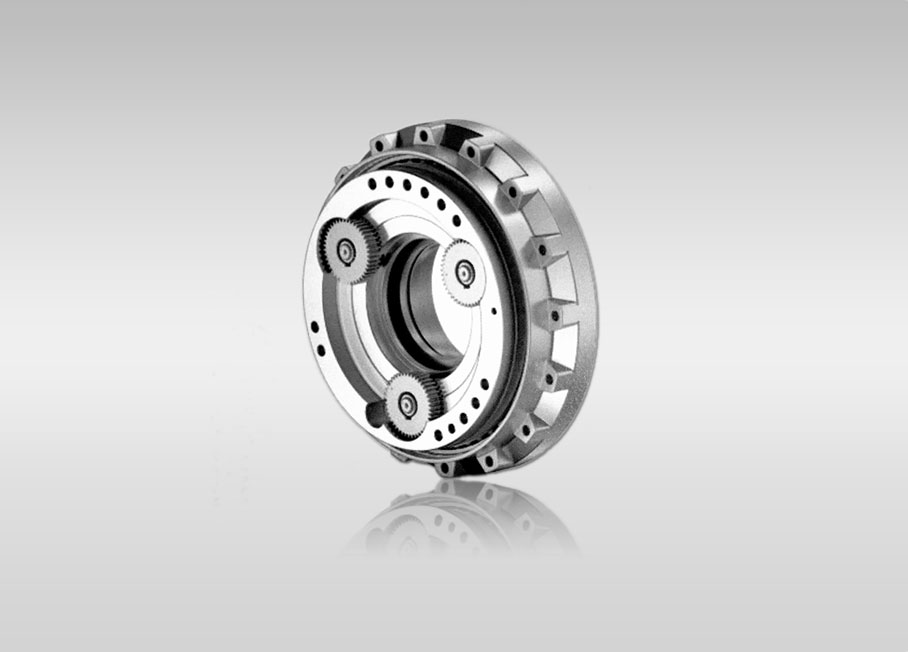
Quote Now